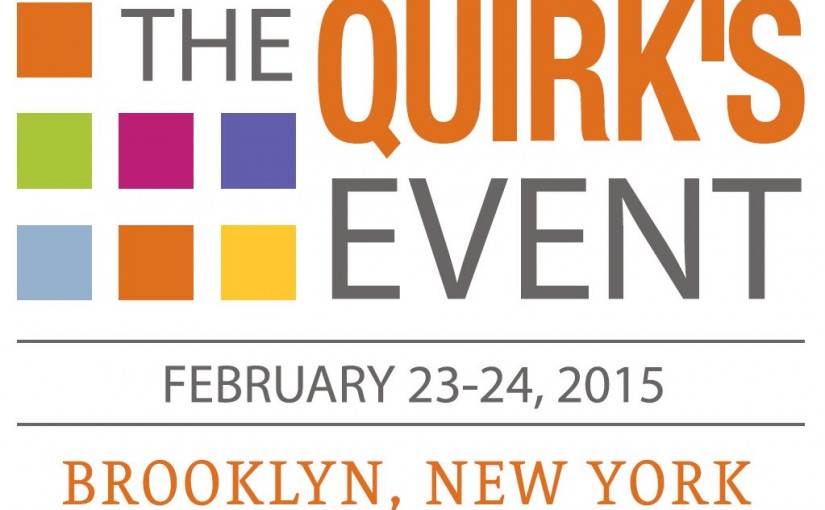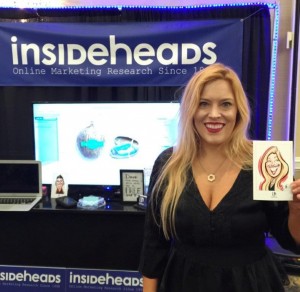The small stickers on her face were unexpected, but she was also wearing two different socks, crocs decorated with chunks of tiny things, while engulfed in a secret audio world thanks to her enormous headphones.
I’m finally at the age where youth perplexes me, so observing different looks and actions that are different from my generation are a new hobby. I saw the crocs accessories coming. The mismatched mid-calf high socks have been a growing trend for years. The headphone ear muffs also trendy, thank you Beats. But what’s with the face stickers?
Well, I found out and my head is still cocked in confusion. You make the call. Here’s the flip: camouflage has been outed. The newest acceptable way to deal with a pimple is to point to it. Make it known. Show it off. A rare strategy that mocks embarrassment and celebrates imperfection. Uncommon, to say the least. But hey, when you can’t fight ’em, join ’em.
What’s super interesting about this trend is it’s a repeat! Over 400 years ago, women fashionably wore small pieces of fabric on their faces to cover blemishes. Perhaps concealer had not yet been mastered. Or maybe pointing to imperfection is a viable human survival response to embarrassment.
We’ve seen this in practice before… the fat kid who makes fun of his large size… the amputee who uses his fake leg to freak people out… the politician who doubles down on denial of proven facts. When it comes to dealing with negative attention, the human response is fascinating. Some hide. Some seek the stage.
So when you see folks sporting colorful little stickers of stars, hearts, or moons on their faces, no need to stare. Now you know. Pimples are in.








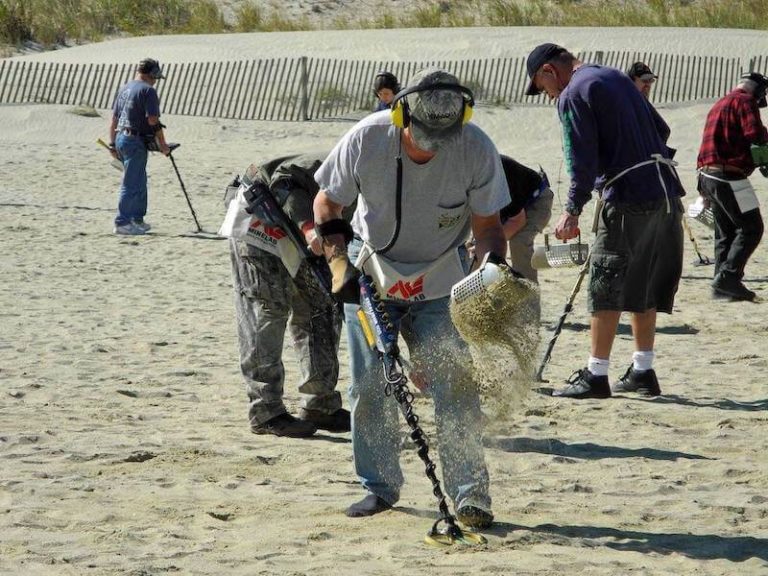
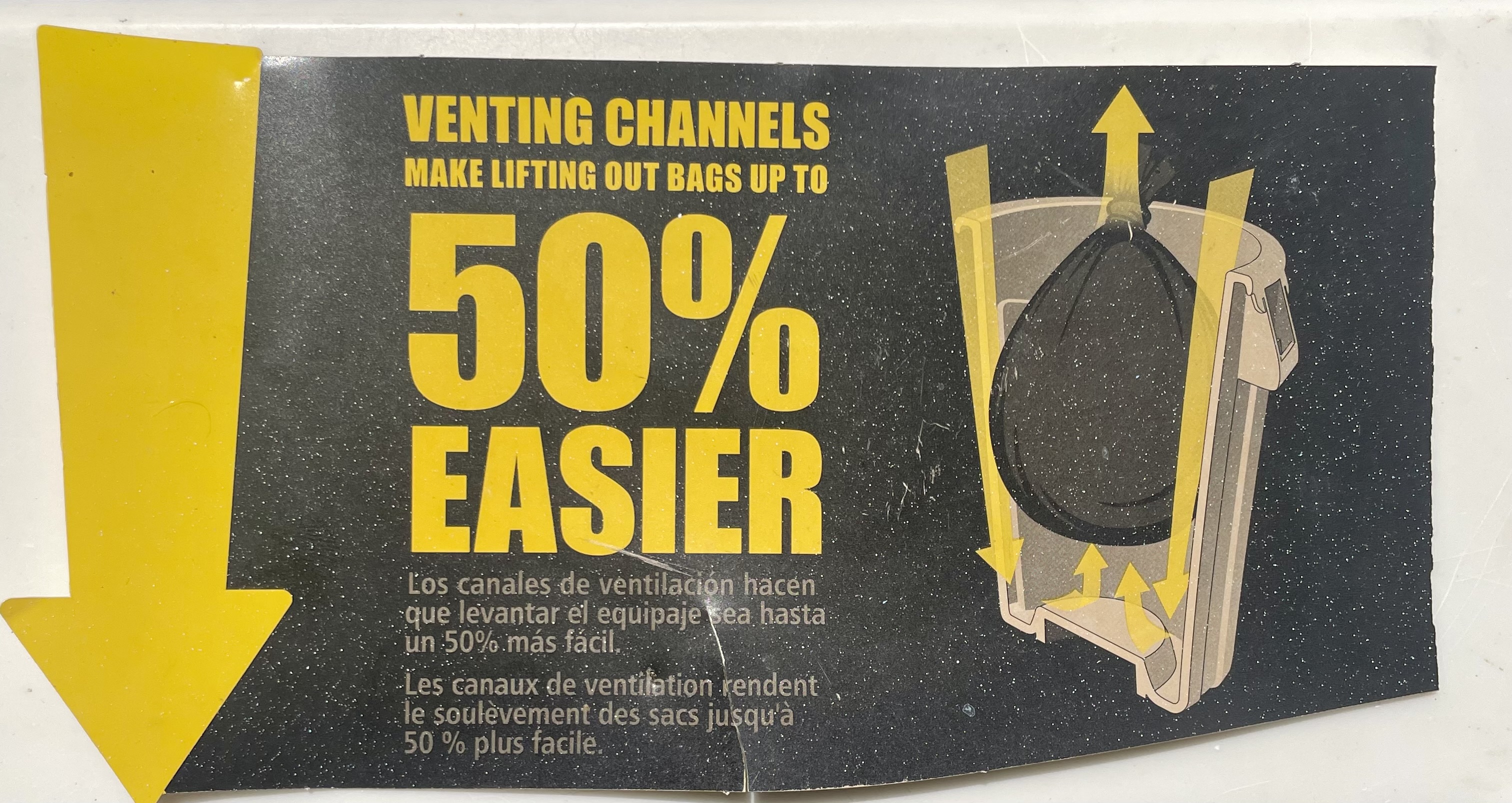

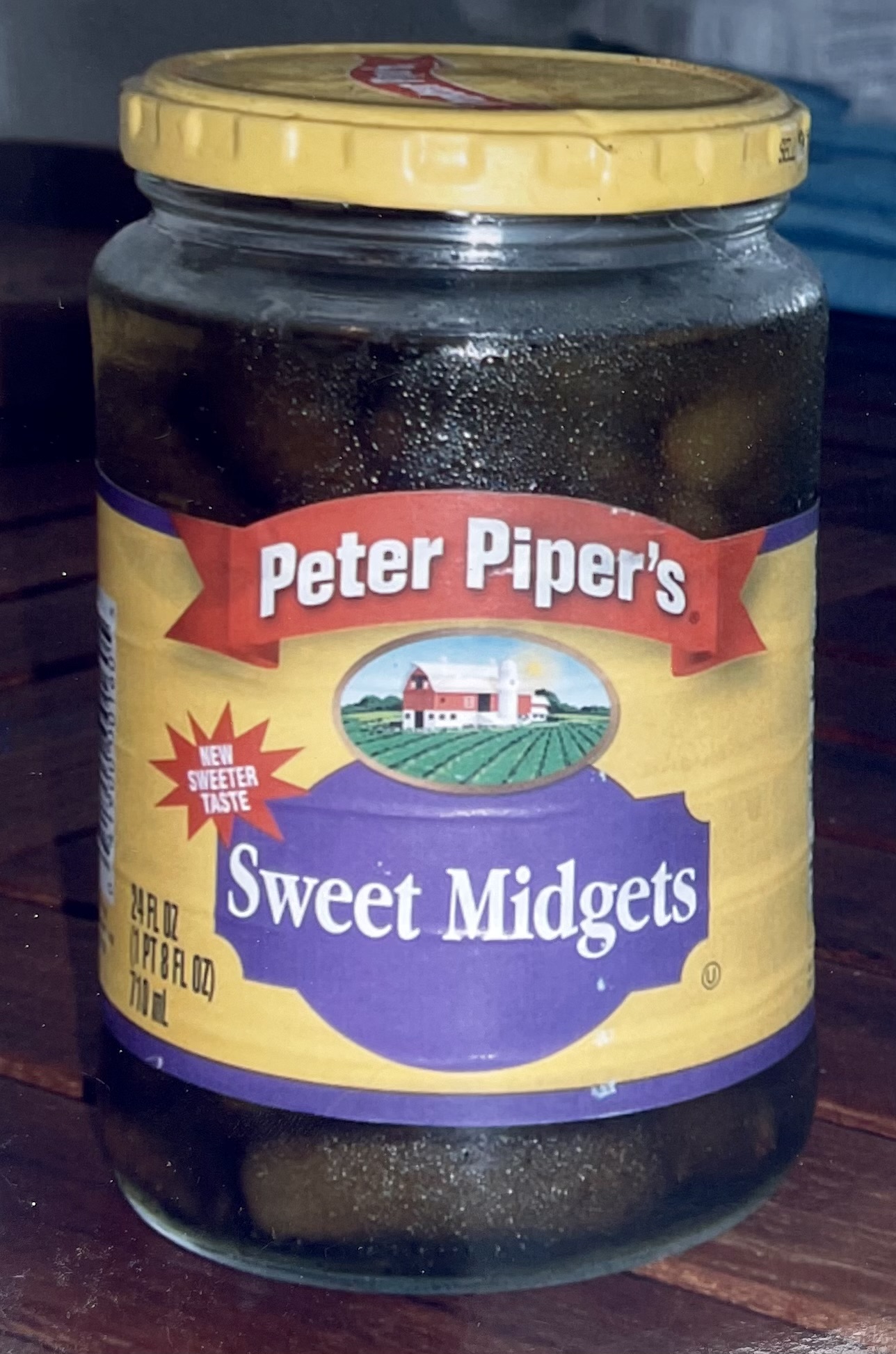


















































 1. Crowdsourcing
1. Crowdsourcing







 That’s one way to handle it. There’s also begging for forgiveness.
That’s one way to handle it. There’s also begging for forgiveness. Acceptance is the first step to recovery.
Acceptance is the first step to recovery.